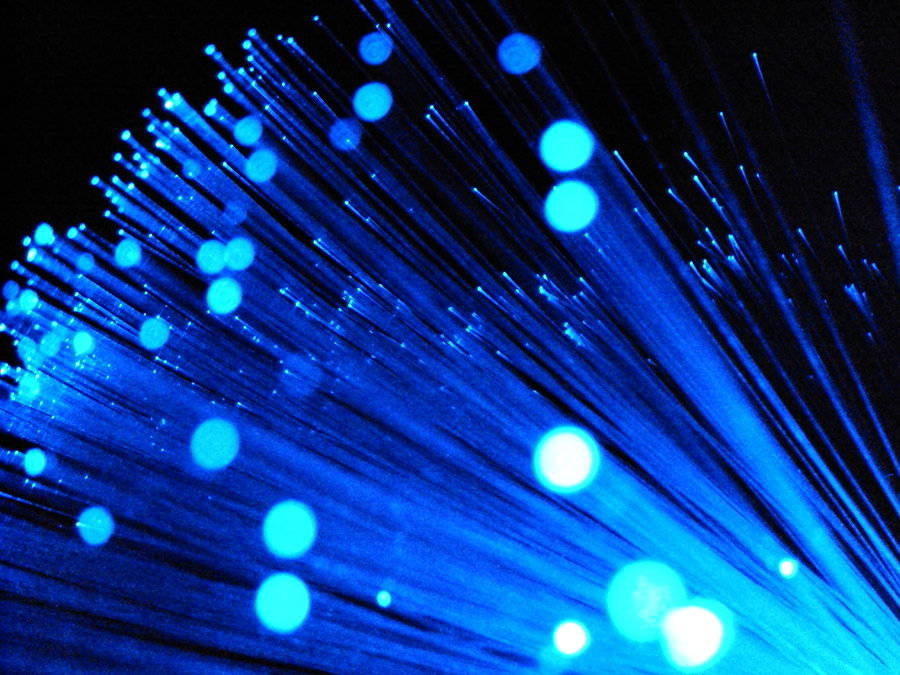"Vibration and sound all modulate strain in fiber," Englund explained, adding that even deeply buried fibers react to vibrations and sound. FiberSense has figured out how to measure changes in a fiber and deduce what made them.
The company can therefore detect things like passing traffic with sufficient accuracy to determine the difference between a truck and a cyclist, speed of travel, and even what lane a vehicle used. Leaky pipes can also be sensed, as can the geotechnical profile of spoil beneath fibers. Backhoes and jackhammers are easy.
At sea, FiberSense can detect an anchor dragging behind a ship – which matters when those anchors are about to pass over a submarine cable (as recently happened off the Australian city of Perth, resulting in a cable cut, a subsequent outage, and the arrest of the errant ship’s skipper).
This is not just a vision thing: FiberSense is already present in several Australian cities, plus London, Dublin, San Francisco, New York, and Singapore.
See Fiber optic cables used as vibration sensors challenge IoT
#technology #fibre #fibersense #IoT #cabletheft
Forget wiring cities with IoT devices – this could be how wide-scale sensing gets done

